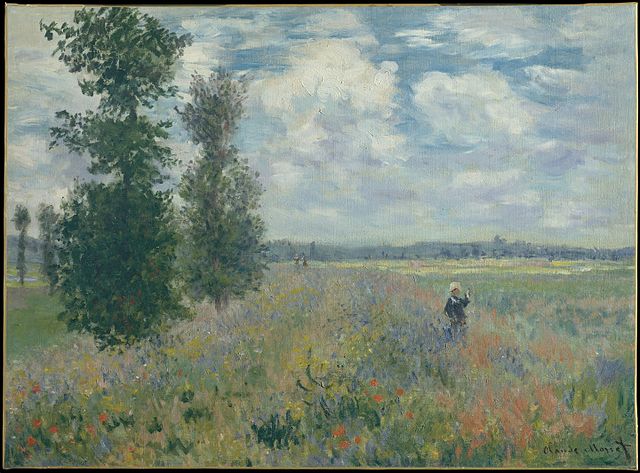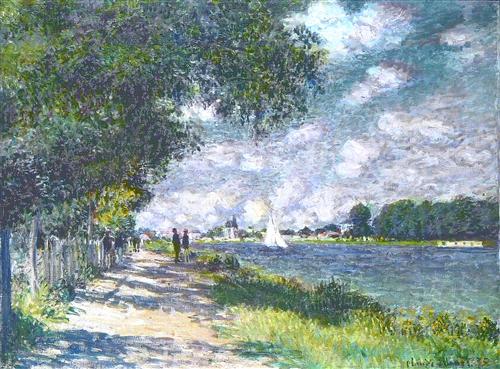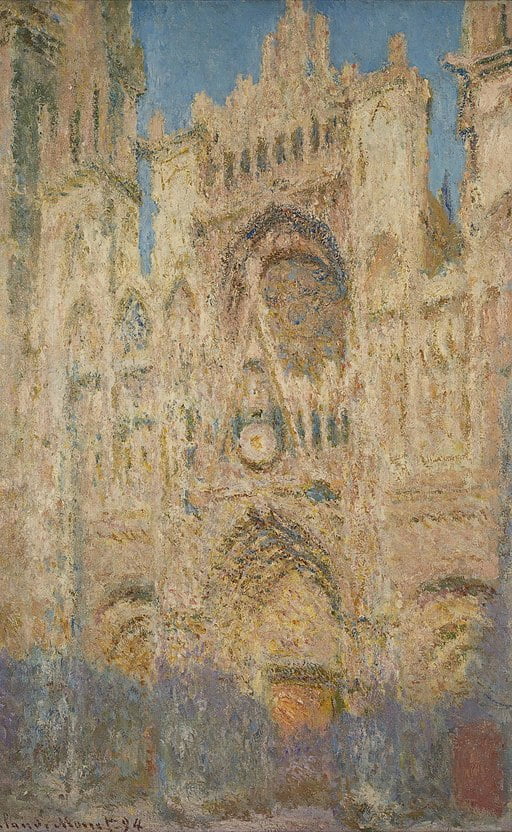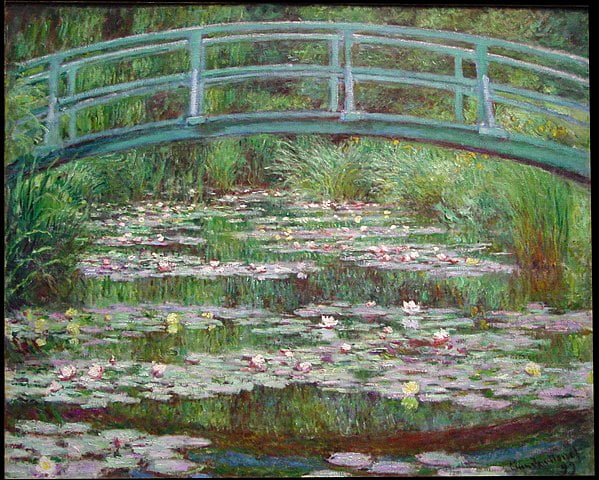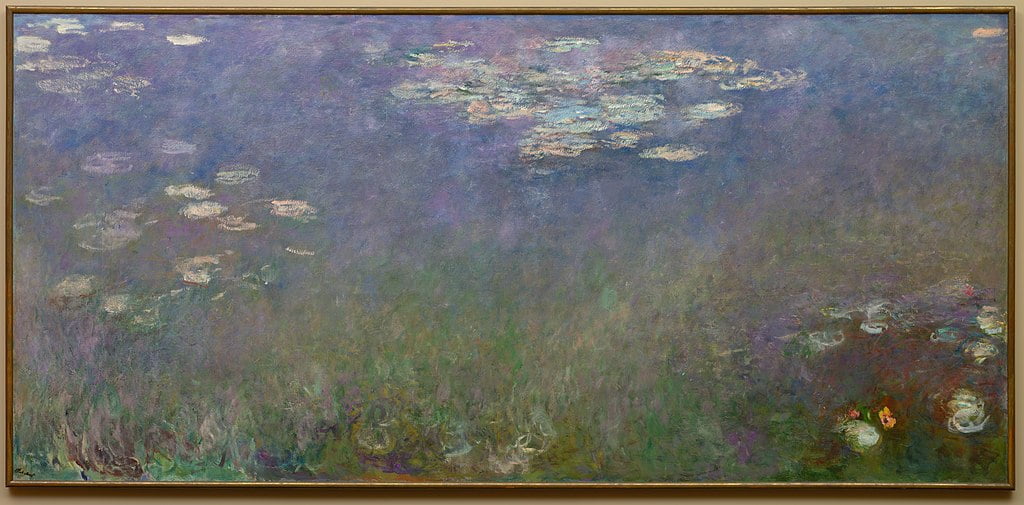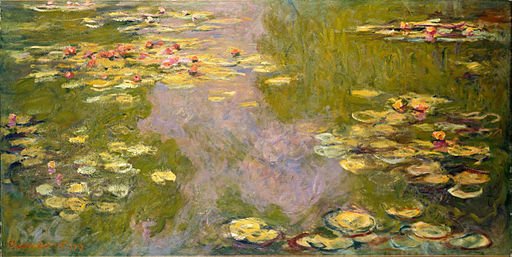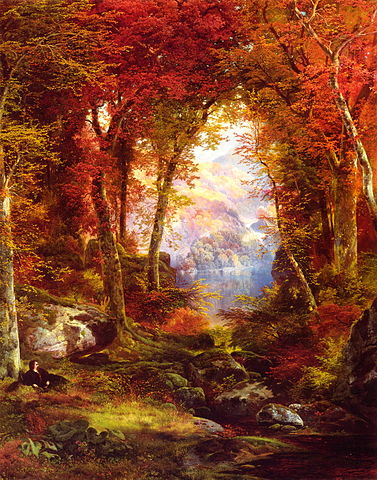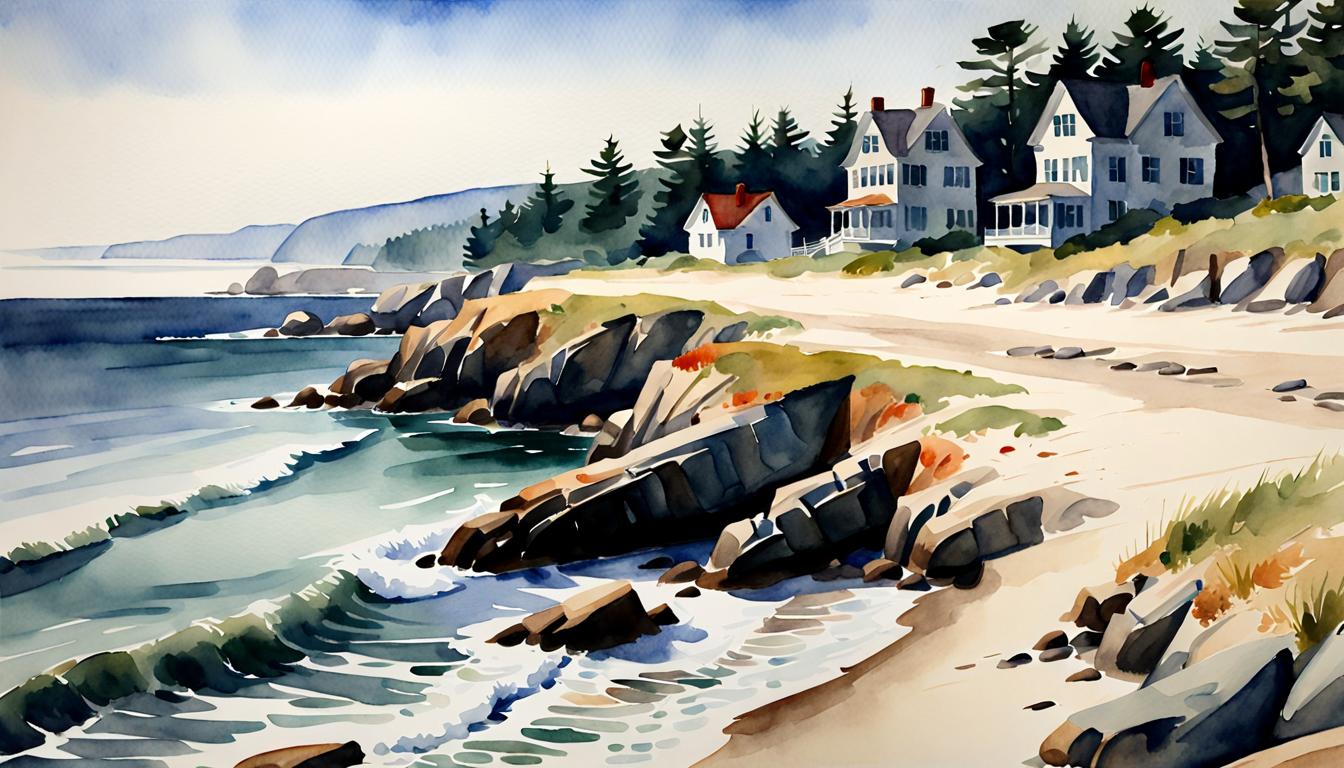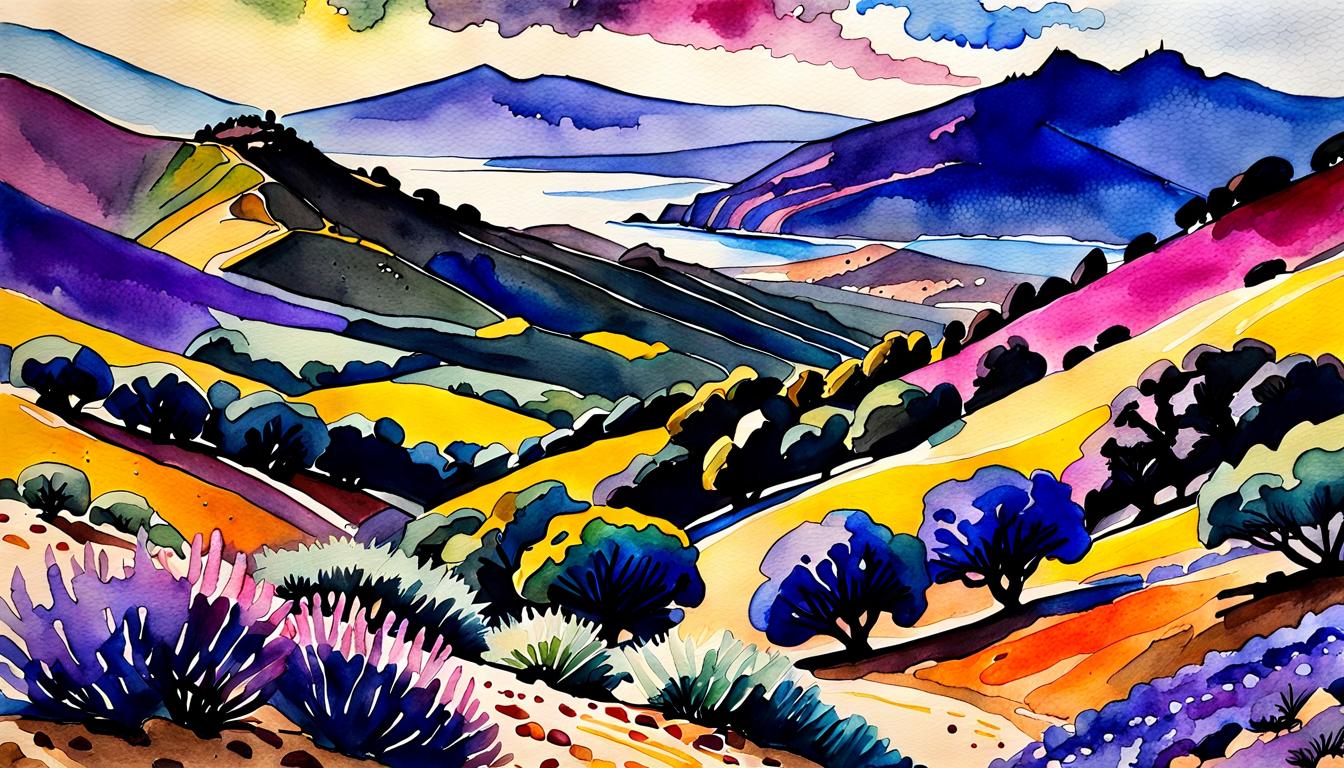Introduction
Claude Monet was a French painter who is widely regarded as the founder of French Impressionist painting. He is known for his beautiful landscapes, seascapes, and still-life paintings. Monet was also a master of watercolor painting, a medium that he used to create some of his most famous works. In this article, we will explore Claude Monet’s watercolor paintings, his techniques, and his use of color.
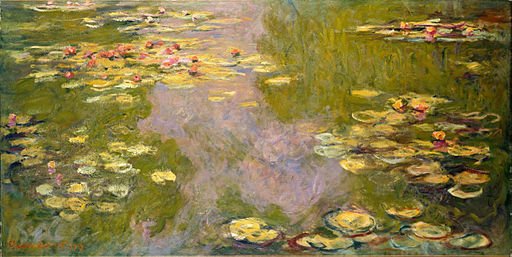
Claude Monet’s Watercolor Paintings
Claude Monet was a prolific painter who created over 250 watercolor paintings during his lifetime. He was particularly drawn to the medium because of its immediacy and spontaneity. Unlike oil painting, which can take days or even weeks to dry, watercolor dries quickly, allowing the artist to work rapidly and capture the moment.
One of Monet’s most famous watercolor series is his Water Lilies. These paintings depict the lily pond in his garden at Giverny, where he lived for the last 30 years of his life. Monet was fascinated by the play of light on the water and the reflections of the trees and sky. He painted the same scene over and over again, capturing the changing light and atmosphere.
Monet’s Techniques
Monet was a master of watercolor painting, and he developed a number of techniques that allowed him to create his signature style. One of his most famous techniques was wet-on-wet painting. This involves applying wet paint to wet paper, allowing the colors to bleed and blend together. Monet used this technique to create soft, atmospheric effects in his watercolor paintings.
Another technique that Monet used was dry brush. This involves applying dry paint to dry paper, creating a textured, almost scratchy effect. Monet used this technique to create the impression of leaves and flowers in his watercolor paintings.
Monet was also known for his use of color. He used a limited palette of colors, focusing on blues, greens, and yellows. He used these colors to create a sense of harmony and unity in his paintings. He also used complementary colors, such as red and green, to create contrast and depth.
Monet’s Use of Color
Monet’s use of color was one of the defining features of his watercolor paintings. He used color to create a sense of atmosphere and mood and to capture the changing light and weather conditions. In his Water Lilies series, for example, he used shades of blue and green to create a sense of calm and tranquility. He also used warm yellows and oranges to create the impression of sunlight and warmth.
What are some of the most famous watercolor paintings by Claude Monet?
These images are made available under the Creative Commons CC0 1.0
Claude Monet was a prolific watercolor painter, and some of his most famous watercolor paintings include:
1. Water Lilies: This series of paintings depicts the lily pond in Monet’s garden at Giverny. He painted the same scene over and over again, capturing the changing light and atmosphere. One of the most famous paintings in this series is Water Lilies (Agapanthus), completed in 1915.
2. The Japanese Footbridge: This painting depicts the Japanese footbridge in Monet’s garden at Giverny. The bridge is surrounded by water lilies and other plants, and the painting captures the play of light on the water.
3. Rouen Cathedral: Monet painted a series of watercolor paintings of the Rouen Cathedral in the 1890s. These paintings capture the changing light and atmosphere around the cathedral, and are known for their vibrant colors and loose brushwork.
4. The Seine at Argenteuil: This painting depicts the Seine River at Argenteuil, a suburb of Paris where Monet lived for a time. The painting captures the play of light on the water and the reflections of the trees and sky.
5. The Poppy Field: This painting depicts a field of poppies in the countryside near Giverny. The painting is known for its vibrant colors and loose brushwork, and captures the beauty of the French countryside.These are just a few examples of Claude Monet’s famous watercolor paintings. His works continue to inspire and captivate viewers today, and his use of color and technique are still studied by artists around the world.
Citations:
[1] https://www.masterworksfineart.com/artists/claude-monet/watercolors
[2] https://www.claude-monet.com
[3] https://watercolorpainting.com/blog/2022/09/08/claude-monet-s-obsession-with-water-lilie
[4] https://www.cusd80.com/cms/lib6/AZ01001175/Centricity/Domain/2690/Kinder%20%201st%20Grade-Make-Up%20Lesson%20March.pdf
[5] https://www.artic.edu/articles/862/color-chemistry-and-creativity-in-monets-water-lilies
Where can I see Monet’s famous watercolor paintings in person
If you want to see Claude Monet’s famous watercolor paintings in person, there are several places you can visit:
- Musée Marmottan Monet, Paris: This museum houses the largest collection of Monet’s works, including many of his famous watercolor paintings.
- Musée d’Orsay, Paris: This museum has a large collection of Impressionist art, including several of Monet’s watercolor paintings.
- Musée de l’Orangerie, Paris: This museum is famous for its display of Monet’s Water Lilies series, which includes several of his watercolor paintings.
- Petit Palais, Paris: This museum has a collection of Impressionist art, including several of Monet’s watercolor paintings.
- Other museums around the world: Many museums around the world have collections of Monet’s works, including his watercolor paintings. Some notable examples include the Art Institute of Chicago, the Metropolitan Museum of Art in New York, and the National Gallery in London.
If you are unable to visit a museum in person, you can also view Monet’s watercolor paintings online or in books. Many websites and books offer high-quality reproductions of his works, allowing you to appreciate the beauty of his art from the comfort of your own home.
Inspired by Monet
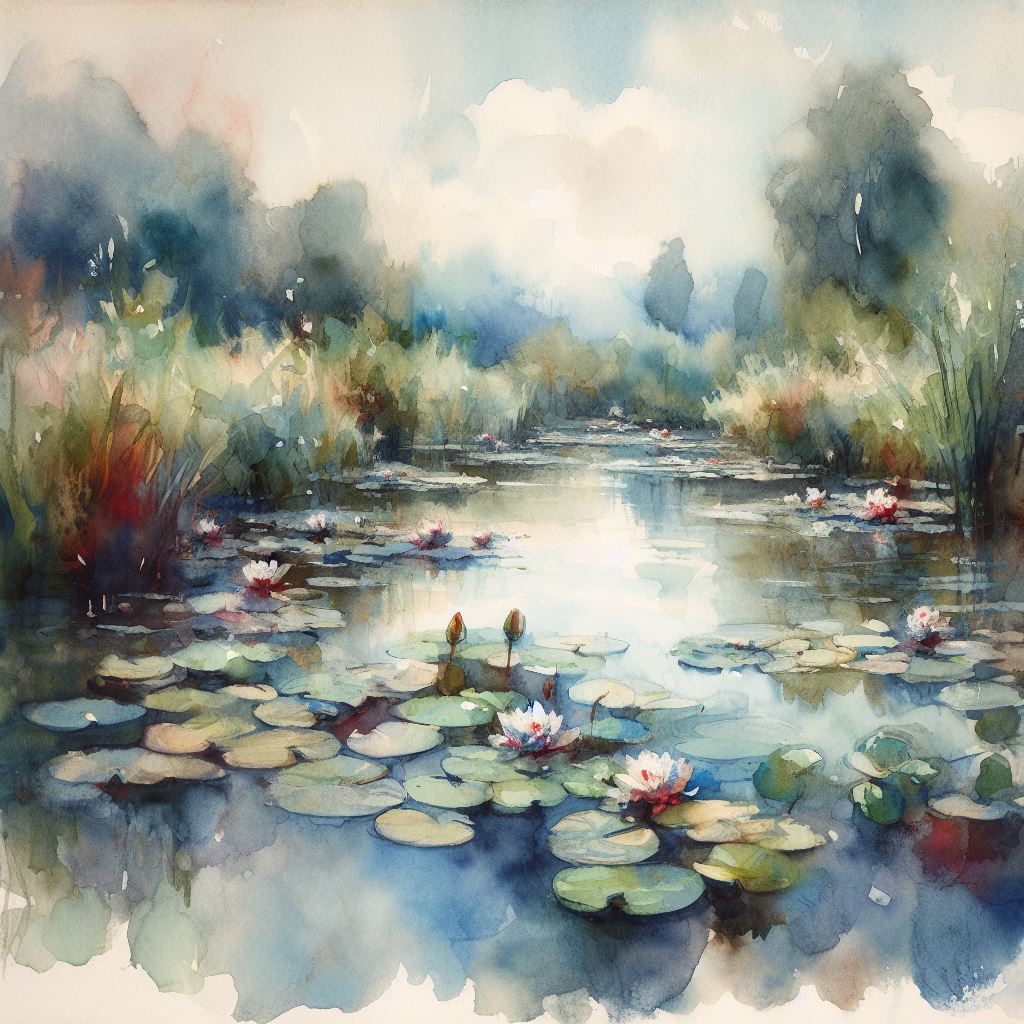 by Monet’s Water Lilies depicting the water lilies in his garden at Giverny” class=”wp-image-1744″/>
by Monet’s Water Lilies depicting the water lilies in his garden at Giverny” class=”wp-image-1744″/>Conclusion
Claude Monet was a master of watercolor painting, and his works continue to inspire and captivate viewers today. His use of color, his techniques, and his ability to capture the moment are all hallmarks of his style. In this article, we have explored some of his most famous watercolor paintings, using copyright-free images to illustrate our points. We hope that this article has given you a deeper appreciation of Monet’s art and his contribution to the world of painting.
